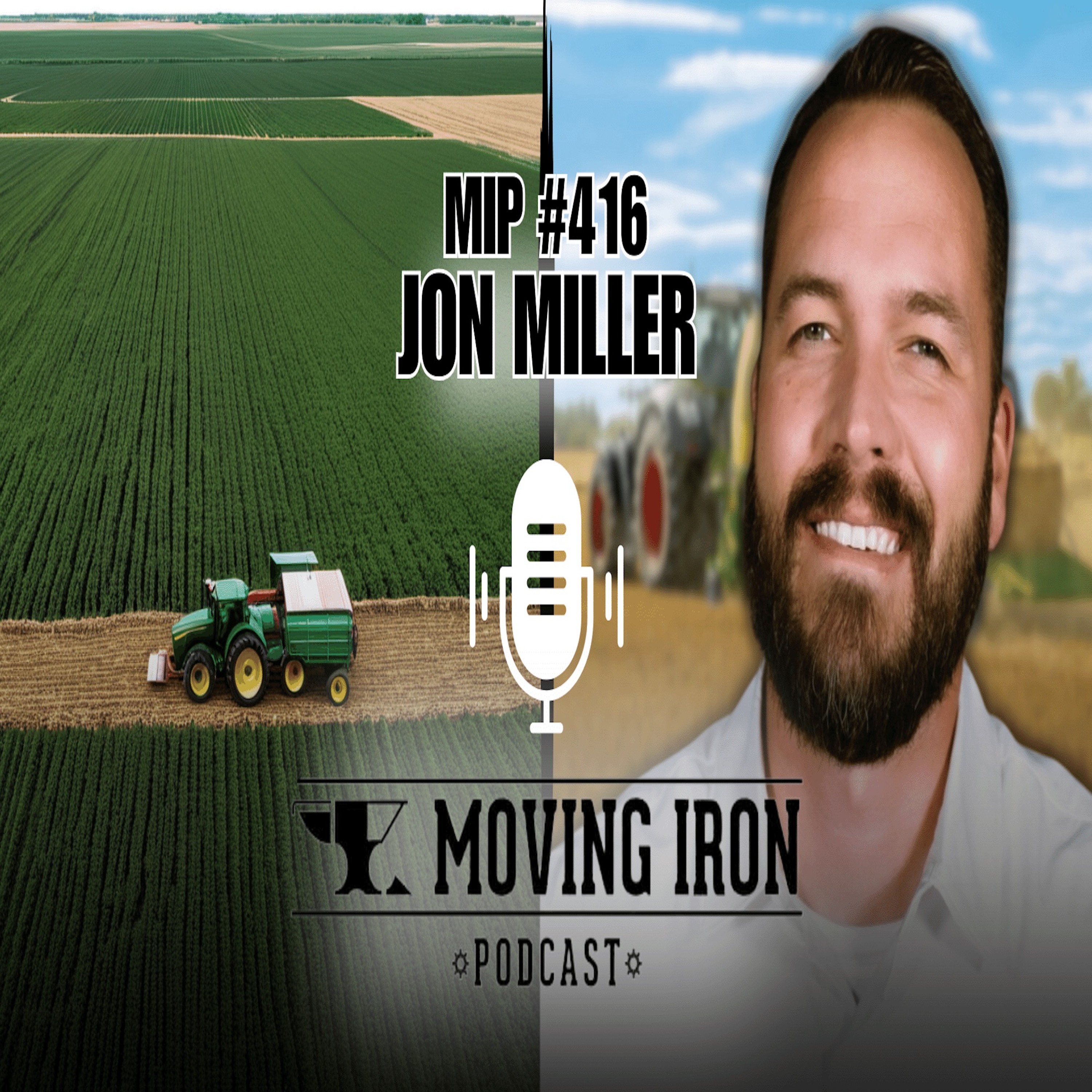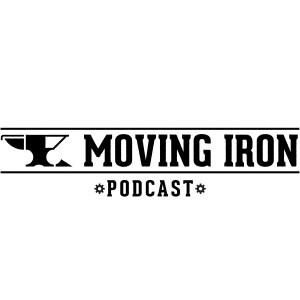
MIP #417 Is Bigger Better With Jon Miller Krone North America
 2024-03-04
2024-03-04
Download
Right click and do "save link as"
Moving Iron's Official Data Partner Is Fusable, The Home of Iron Solutions And EDA Data. Ignite Your Dealership's Growth At Fusable.com
MIP #417 Is Bigger Better with Jon Miller
Summary
In this episode of the Moving Iron Podcast, host Casey Seymour interviews John Miller, the used equipment manager for Krone North America. They discuss John's background and experience in the industry, the role of used equipment managers, the Krone company store model, trends in the chopper market, the use of tracks in equipment, and the outlook for the industry in 2024 and beyond. They also explore the impact of equipment prices on the market and the challenges used equipment managers face. The conversation explores the Volatility in the used equipment market, the ease of justifying used equipment purchases, budgeting for new equipment, the impact of price increases on trade-ins, challenges in the secondary market, limited demand for large equipment, the importance of infrastructure and support equipment, exploring international markets, the challenges of the global market, and the importance of networking events.
Takeaways
Used equipment managers play a crucial role in the dealership, influencing the selling of equipment and managing inventories.
The Krone company store model is used strategically in areas with a strong market for Krone products but lacks dealer representation.
The chopper market is trending towards larger machines, but there are limitations due to road width restrictions and infrastructure constraints.
Using tracks in equipment is not currently a significant focus for Krone, as the premium cost and limited demand make it less attractive to customers.
The outlook for the industry in 2024 is expected to be similar to 2023, with gradual declines in auction values. However, 2025 may present more challenges due to economic and political factors.
The high prices of new equipment and the compounding effect on used prices create challenges for buyers and sellers. The used equipment market is experiencing Volatility, with fluctuations in supply and demand.
Used equipment is more accessible to justify for producers, as it serves as spare equipment and is more affordable than new equipment.
Budgeting for new equipment is standard for larger operators, who regularly trade in gear to keep it under warranty and maintain efficiency.
Price increases in new equipment impact the trade-in value of used equipment, making it more challenging to sell.
The secondary market for large equipment faces challenges due to limited demand and the need for additional infrastructure and support equipment.
Exploring international markets can solve the saturated domestic market but comes with challenges.
Networking events provide valuable opportunities for industry professionals to connect and share insights.
Chapters
00:00 Introduction and Background
03:00 The Role of Used Equipment Managers
08:18 The Krone Company Store Model
15:28 Trends in the Chopper Market
21:17 The Use of Tracks in Equipment
23:12 Outlook for 2024 and Beyond
28:47 The Impact of Equipment Prices on the Market
36:23 Volatility in the Used Equipment Market
37:15 Easier to Justify Used Equipment
38:05 Budgeting for New Equipment
39:04 Impact of Price Increases on Trade-ins
40:14 Challenges in the Secondary Market
41:1 Limited Demand for Large Equipment
42:45 Infrastructure and Support Equipment
44:07 Exploring International Markets
45:07 Saturated Markets and Emerging Markets
47:38 Challenges of the International Market
48:36 The Importance of Networking Events
Click To Watch:
https://youtu.be/N-B6kRqZi6o
Click To Listen:
https://on.soundcloud.com/A95tm
Presented By @AxonTire @AgDirect @IronSolutions @EDAData @Fusable @Valleytransinc
Music By: @TalbottBrothers
Host: Casey Seymour @casey9673
#agequipmentbusinesstal #letsgomovesomeiron
Contact Me at:
MovingIronLLC.com
movingironpodcast@movingironpodcast.com
view more
More Episodes
MIP Throwback Iron Podcast #2
 2022-07-07
2022-07-07
 2022-07-07
2022-07-07
MIP #269 - The Elephant In the Room
 2022-06-30
2022-06-30
 2022-06-30
2022-06-30
MIP #268 - The Fed Rate Change
 2022-06-19
2022-06-19
 2022-06-19
2022-06-19
012345678910111213141516171819
Create your
podcast in
minutes
- Full-featured podcast site
- Unlimited storage and bandwidth
- Comprehensive podcast stats
- Distribute to Apple Podcasts, Spotify, and more
- Make money with your podcast
It is Free
- Privacy Policy
- Cookie Policy
- Terms of Use
- Consent Preferences
- Copyright © 2015-2024 Podbean.com





